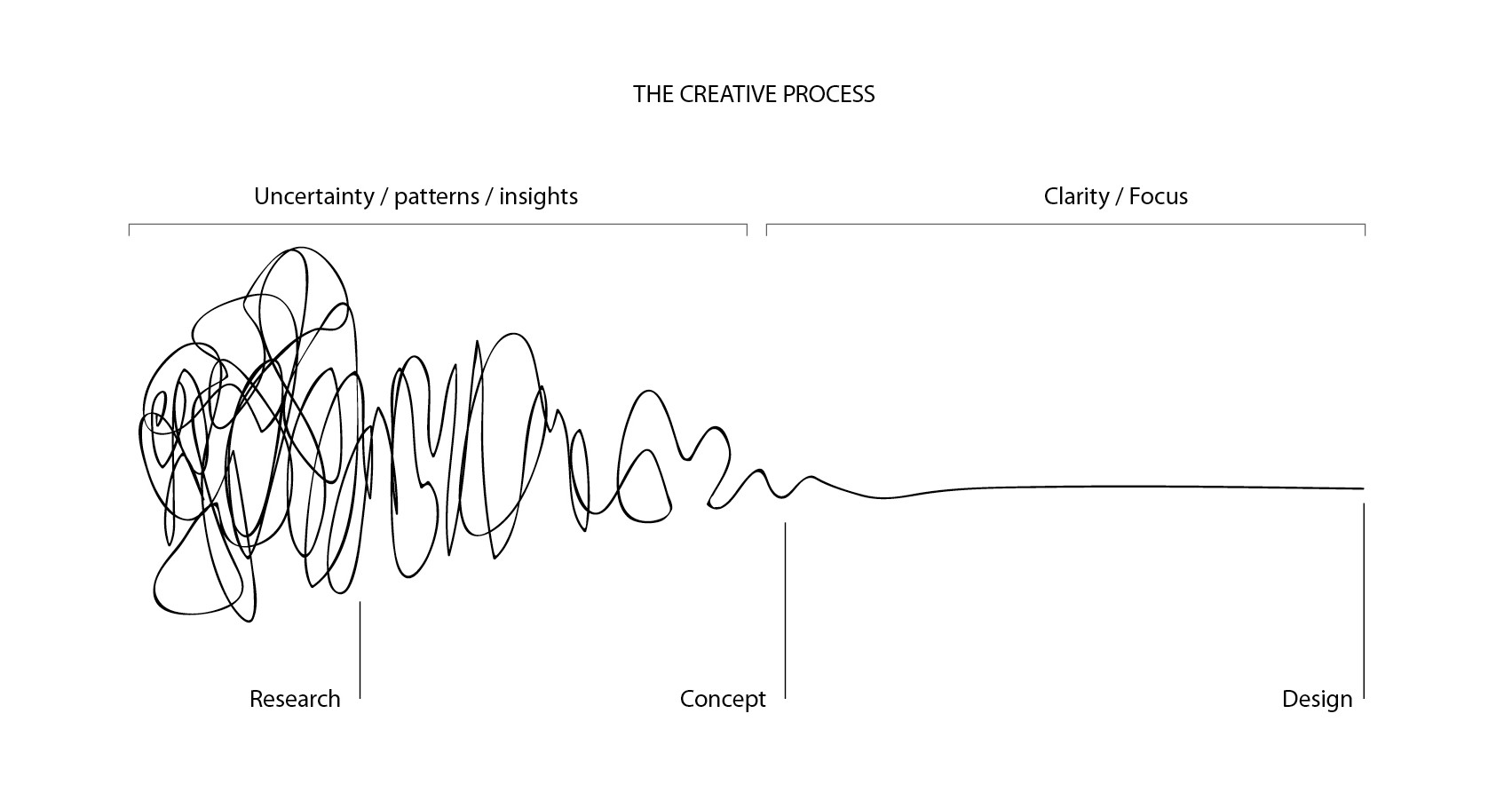10 Proposal Writing Tips our Charlotte Marketing Agency Lives By
 When the opportunity for new business comes through the door, you need a proven way to create a proposal that sets your agency apart and captures the great things you have to offer. Here are ten suggested best-practices that not only maximize your chances to stand out and land the job but also manage the risks. Sure, the agency proposal is a necessary evil, but a great proposal can be decisive in winning a project; while a poor one can cause you to lose a project – even if everything else in the sales process has gone flawlessly.
When the opportunity for new business comes through the door, you need a proven way to create a proposal that sets your agency apart and captures the great things you have to offer. Here are ten suggested best-practices that not only maximize your chances to stand out and land the job but also manage the risks. Sure, the agency proposal is a necessary evil, but a great proposal can be decisive in winning a project; while a poor one can cause you to lose a project – even if everything else in the sales process has gone flawlessly.
1. Proposal first, credentials second
Let’s face it; we all like to talk about ourselves. And with a potential client, they want to hear your agency’s take on their problems in order to convince them you’re the right folks for the job. Credentials matter, but wading through five pages of a chest-pounding monologue before you share a single idea about how to solve a client’s problem is egoistic and a bit of a turn off.
2. Structure your response around evaluation criteria
Make it easy for the reader. Don’t make them hunt around. If the RPF has stated criteria against which your agency is being measured, why not structure your proposal around those criteria?
3. Show you’re excited about the brief
Clients want to work with people who are genuinely passionate about the challenges and issues contained in an RFP. So make sure you demonstrate passion and vigor. You can’t fake enthusiasm, and if you are dying to work with a client, explain why.
4. Reframe the brief
Reiterating the RFP shows a prospective client that you’ve read between the lines of the brief. Clients want to see how you’ve analyzed and addressed their problems, so use critical thinking to challenge the information you’ve been given and then re-articulate it. This demonstrates the quality of your thinking and your confidence in getting to the heart of the issue.
5. Explain your process

There are a few tried and tested models to describe the creative process: Damien Newman’s Squiggle, for example. But if you’re going to use a tried and tested process or framework, call it out – don’t imply this is your own approach. And make sure you don’t just throw a generic process in front of a potential client and call it “proprietary.” Instead, tell a prospective client what you will do, in what order, and why it’s the right approach for them and their challenges.
6. Don’t jump on a solution
Even if you thoroughly understand the problem, try to avoid jumping on a solution. Clients don’t like it when you come in from the cold and, without any discovery process or meaningful discussions, assume you know the answer. They want to you to unpack the problem in a collaborative fashion and explain how you’re going to go about solving it – not just dive straight into implementing the off-the-shelf solution you’ve proposed.
7. Avoid bad cut and paste
If everything goes right, a prospective client will already know about the amazing work you’ve done for other clients. But don’t just cut and paste case studies into your proposal that a client could just as easily check out on your website. If you do include examples of previous work, provide some meaty stats and evidence and explain why they’re relevant to the challenge at hand.
8. Add some value
This is a hugely overused business cliche, but a good proposal demonstrates how you’ve helped others drive genuine business value from the creative solutions you’ve developed. Explain where you think the value to the enterprise lies – and how you might be able to unlock it.
9. Get the right team for the job
Clients want to understand who from your team will be working on their project and what role(s) they will play. Most importantly, clients will be looking at the proportion of staff you’ll be allocating to your project. Assemble a team that’s not too top heavy, but with just the right amount of senior involvement.
10. Tell us what you expect from us
Prospective clients need to make sure their internal teams and processes are compatible with your agency’s. So explain how you will work to ensure the client can continue to manage their business as usual during fast-paced projects. And, better yet, tell them how you’ll help embed skills and gather enough internal momentum to get the project underway and then align all the key stakeholders around the project. There’s nothing worse than watching months worth of work be shot down at a big internal presentation by a senior executive who is only hearing about the project for the first time.
(Thanks to Katie Price at the V&A)

